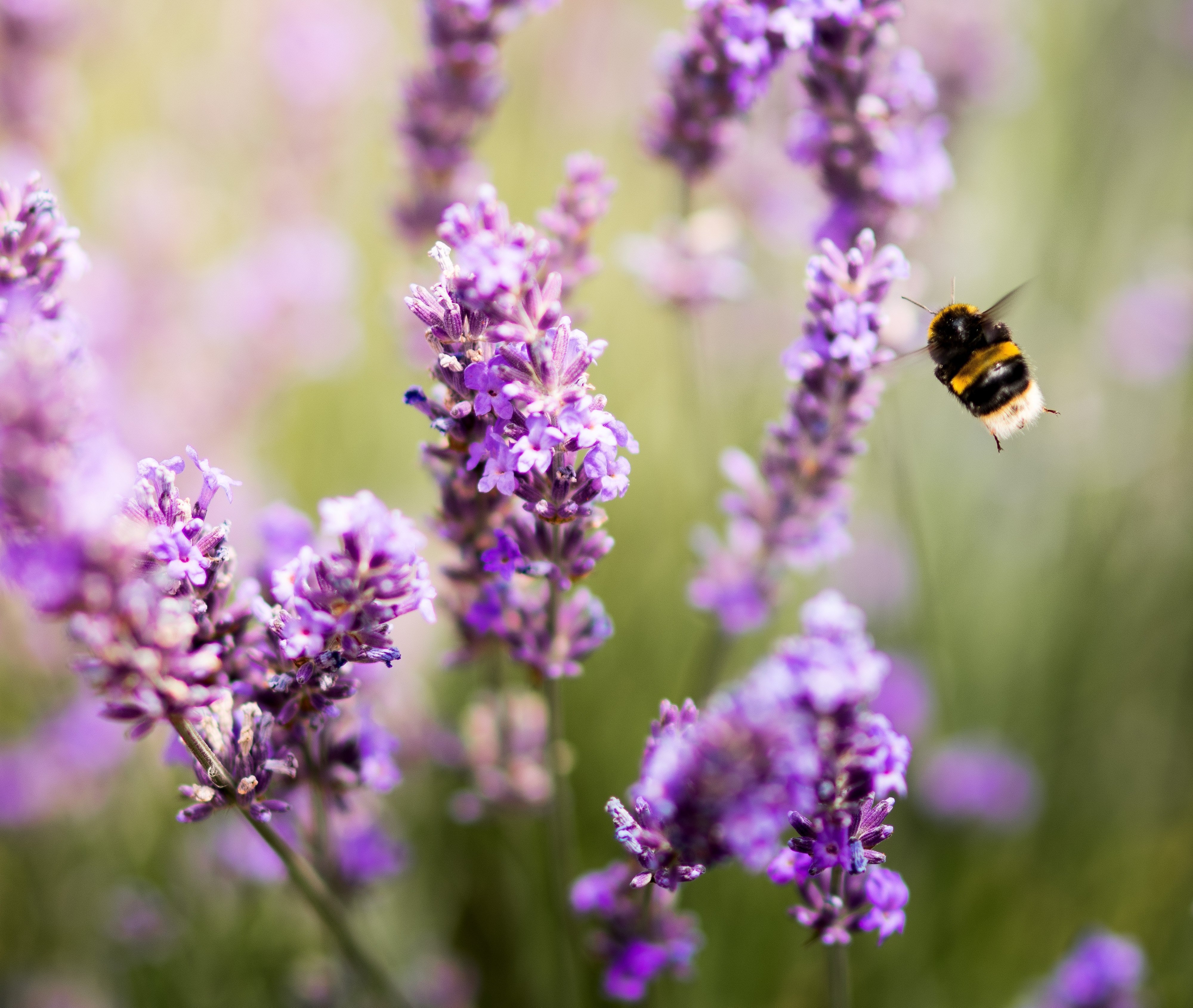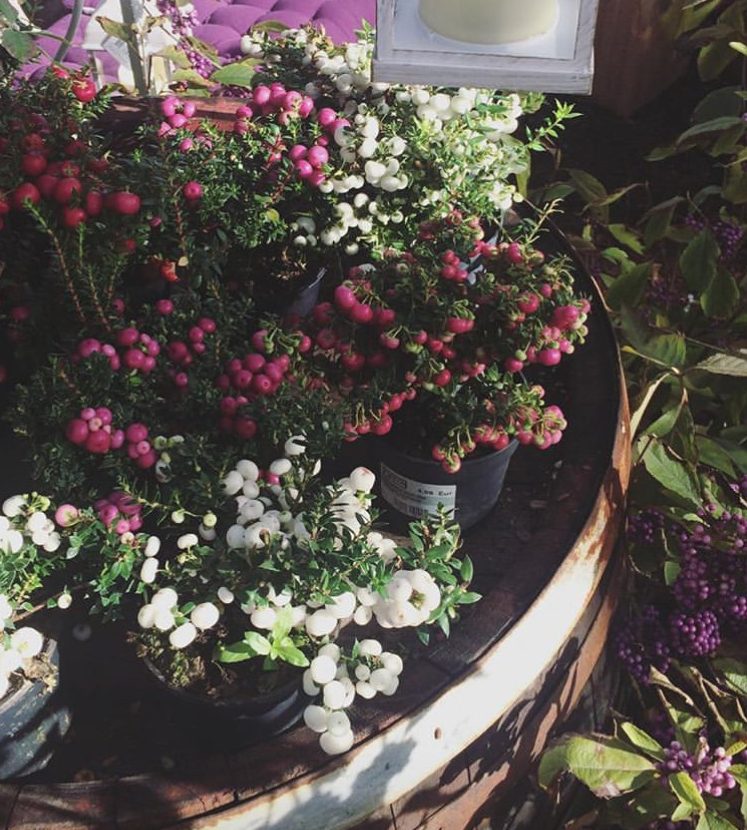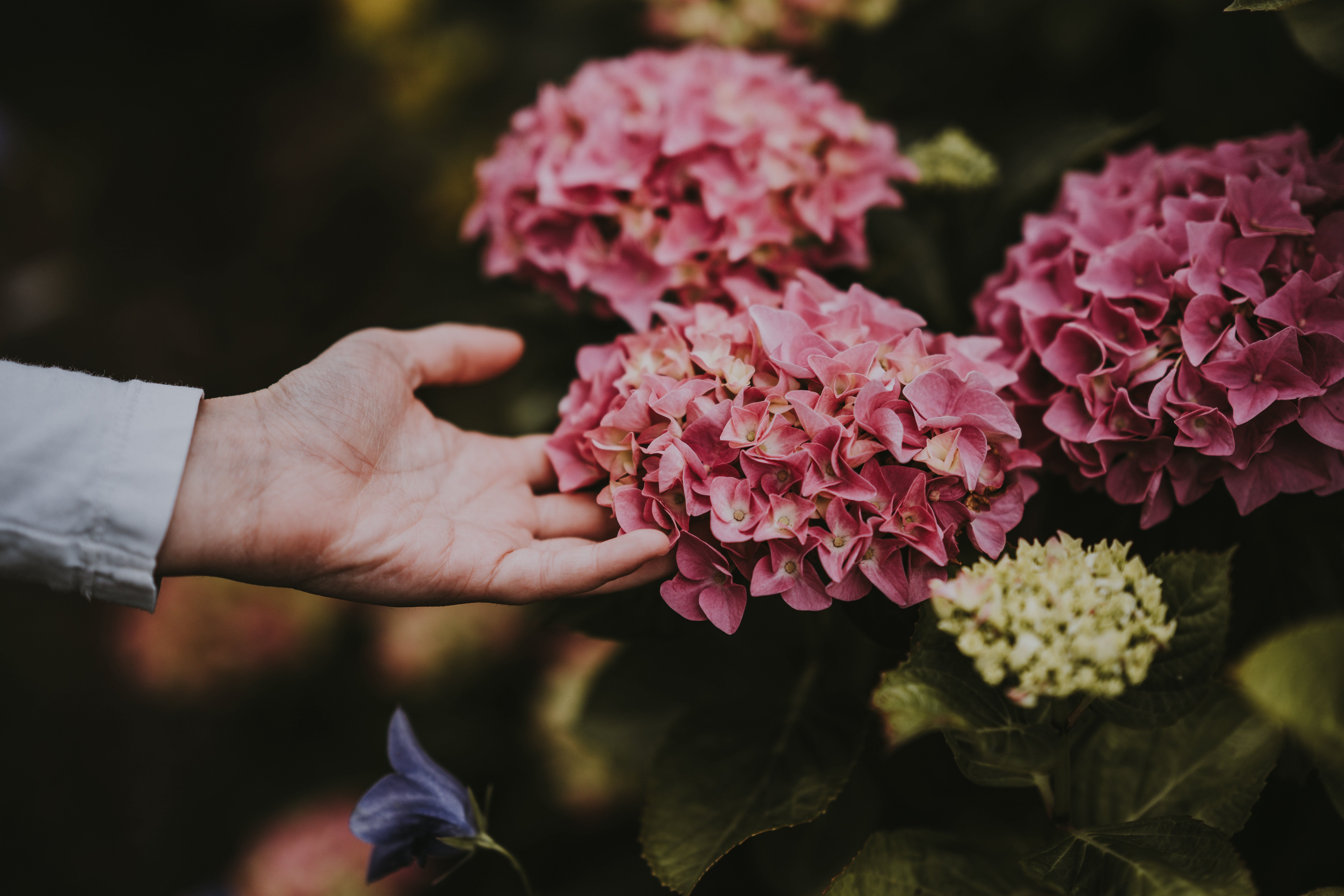Blooming balcony plants are particularly enchanting in summer. But for most plants, it's already over in winter and some don't survive the cool season. We have the solution for you! Here are some hardy balcony plants that will keep you happy all year round.
Hardy balcony plant 1: sage
The real sage (Salvia officinalis) is the favorite permanent guest in the herb garden and as an evergreen subshrub it can give you pleasure all year round, as it is a hardy balcony plant. However, it is not only green, but also has beautiful, very vigorously blooming, purple flowers.
The right location for your sage
As in its homeland, the sage on your balcony prefers a warm and sunny location. If you can offer it full sun, this would of course be optimal for the beautifully flowering herb.
You should keep this in mind when watering your sage
The sage is not particularly demanding. Since it comes from a rather barren and dry area, it hardly needs any water. So water it moderately and make sure when watering that the water does not accumulate at the roots.
Fertilize sage: less is more
The sage needs fertilizer very rarely or not at all. If you fertilize your sage too much, it will become "lazy". This means that she hardly puts any energy into her flowers. Since sage is of course also suitable for consumption, you should switch to organic fertilizer.
The right care in winter
You should no longer fertilize or cut your sage from the end of August. Withered branches can remain on the plant until spring. Cover the root area with some leaves, straw, or pine boughs. Water your sage a little on frost-free days, it will thank you.
Caution: Tropical sage species do not tolerate frost. Species such as Salvia elegans or Salvia patens should be kept in a bright room during the winter at temperatures between 5 and 15°C.

Hardy balcony plant 2: Lavender
Under the best conditions, the fragrant semi-shrub is only too happy to show off its blue-violet flowers, which not only fascinate us humans, but also many insects.
The ideal location for your lavender
Lavender not only loves warmth, but also sunlight. In order for the beautiful subshrub to develop perfectly, it needs a lot of sun. And if possible all day long. Because even the blazing midday sun cannot harm the lavender.
This is how much water the lavender needs
Lavender is very undemanding and therefore hardly needs any water. However, the soil should not dry out completely, nor should it be permanently wet. Make sure that excess water can run off.
Do you need to fertilize your lavender?
This hardy balcony plant hardly needs any fertilizer. It is quite sufficient if you supply them with fertilizer in the spring after pruning. Lavender does much better in nutrient-poor soil. If your lavender gets too much fertilizer, it will lignify faster and is more sensitive to frost.
The right care in winter
So that the roots of your hardy balcony plant are not damaged, the shrub needs a little winter protection. Wrap the bucket with some fleece and place it on a styrofoam plate. The lavender is thus adequately protected against the cold ground. Water it on frost-free days.

Hardy balcony plant 3: checkerberry
The cloudberry is known for its pretty and strong fruits. Of course, it also forms beautiful but subtle white flowers between July and August.Don't cut off wilted blossoms, they will produce enchanting fruits in autumn. Originally from North America, Canada and the Himalayas, the cloudberry tolerates frost very well.
The correct location for the hareberry
The cloudberry develops best in partially shaded locations. It also survives shady places, but its magnificent berries are rather puny in this location.
More water for the colorful fruits
This hardy balcony plant prefers a little more water. Once the surface has dried, you should water it. It is important that you do not water them from above, otherwise not enough water will reach the roots.
Tip: The checkerberry does not tolerate hard water, use collected rainwater or some pond water.
Fertilize the bilberry: You should pay attention to this
Since the cloudberry requires a lot of energy for the fruit, regular fertilization is an advantage. You can fertilize them with a rhododendron fertilizer every 4 weeks, ideally between April and August.
The right care in winter
In winter, the checkerberry no longer needs fertilizer. Despite their cold tolerance, you should give them a little support in frost. Feel free to wrap the pot in fleece and place it on styrofoam against a house wall.

Hardy Balcony Plant 4: Hydrangea
Not every hydrangea is hardy. The farmer's hydrangea and panicle hydrangea are considered to be particularly robust.
The optimal location for your hydrangea
A semi-shady to shady place is absolutely sufficient for the hydrangea. It's better to place it near the house, it doesn't tolerate drafts very well. Your hydrangea should never be placed in direct midday sun, as the intense radiation can burn the leaves and blossom.
Tip: If this hardy balcony plant is in a cooler place overnight, the flowers will last a particularly long time.
Water the hydrangea: lots of water for lush flowers
The large, green leaves of the hydrangea evaporate a great deal of water, so sufficient watering is required. The soil should always be moist, but no waterlogging should occur. If your hydrangea droops, soak it in water for a few minutes and then drain well.
Fertilize hydrangea: it depends on the pH value
If you've already wondered why your hydrangea no longer has intensely colored flowers, don't be surprised. Especially with blue flowers, it is often noticeable that they eventually turn pink. With hydrangeas, the color of the flower is strongly dependent on the pH of the soil. Blue flowers are formed at a pH of 4-4.5, while pink and red varieties prefer a pH of 5.5.
The right care in winter
The hydrangea loses its leaves in winter, so don't worry if you lose a lot of leaves. For optimal hibernation, cover the top soil of your hydrangea with bark mulch or leaves. For even more security, you can also cover your hydrangea with a jute sack. You shouldn't forget to water even in winter, otherwise your hydrangea will dry up.
Tip: Never use plastic wrap or bubble wrap to cover your hardy balcony plants. This is impermeable to air and moisture accumulates underneath. Optimum conditions are created for mold and other fungi that can damage the plant.

If you would like to read more about the overwintering of some houseplants, then have a look at our article on Overwintering plants.
Are you as crazy about plants as we are? Then let yourself be inspired in our shop .
.


















Leave a comment